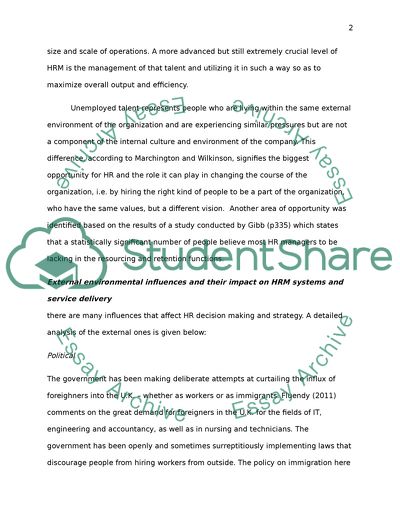Cite this document
(Best Practices in Technology Solutions for Recruitment, Retention and Literature review - 24, n.d.)
Best Practices in Technology Solutions for Recruitment, Retention and Literature review - 24. Retrieved from https://studentshare.org/human-resources/1751686-human-resource-management
Best Practices in Technology Solutions for Recruitment, Retention and Literature review - 24. Retrieved from https://studentshare.org/human-resources/1751686-human-resource-management
(Best Practices in Technology Solutions for Recruitment, Retention and Literature Review - 24)
Best Practices in Technology Solutions for Recruitment, Retention and Literature Review - 24. https://studentshare.org/human-resources/1751686-human-resource-management.
Best Practices in Technology Solutions for Recruitment, Retention and Literature Review - 24. https://studentshare.org/human-resources/1751686-human-resource-management.
“Best Practices in Technology Solutions for Recruitment, Retention and Literature Review - 24”. https://studentshare.org/human-resources/1751686-human-resource-management.


